#Beth Bernobich
Text
Book pole round 1 #5
if your favourite isnt on this poll, check a different one! it might be there!
#shadow and bone#leigh bardugo#serafina#robert beatty#everland#wendy spinale#r. j. palacio#wonder#kierin meehan#hannah's winter#esther m. friesner#sphinx's princess#beth bernobich#fox and phoenix#the inheritance games#jennifer lynn barnes#echo island#jared c. wilson#veronica roth#divergent#jennifer a. nielsen#the ascendence trilogy#the false prince#to kill a kingdom#alexandra christo
7 notes
·
View notes
Text
Books by “B” Authors I own and Need to Read (Part 3)



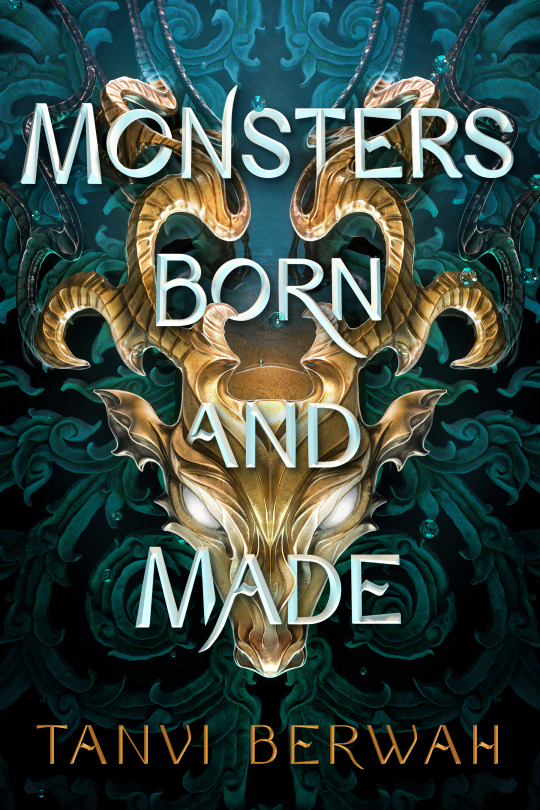
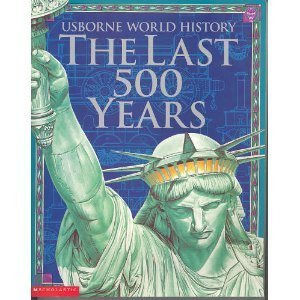



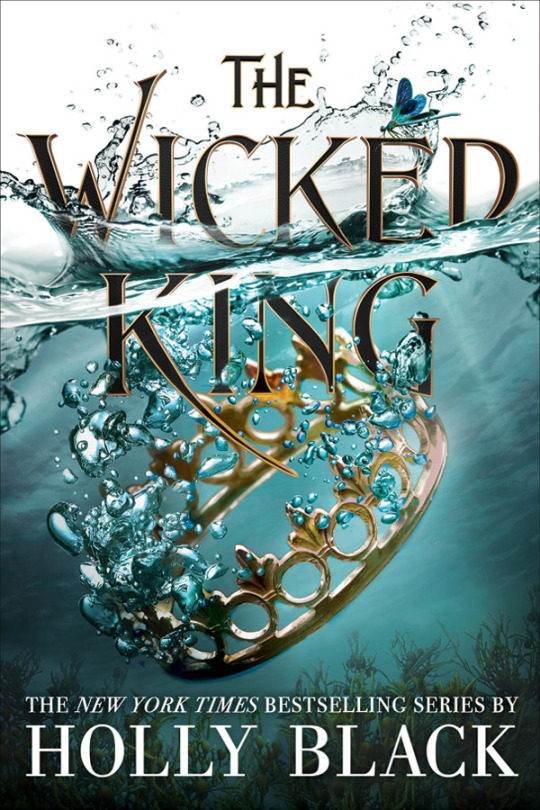
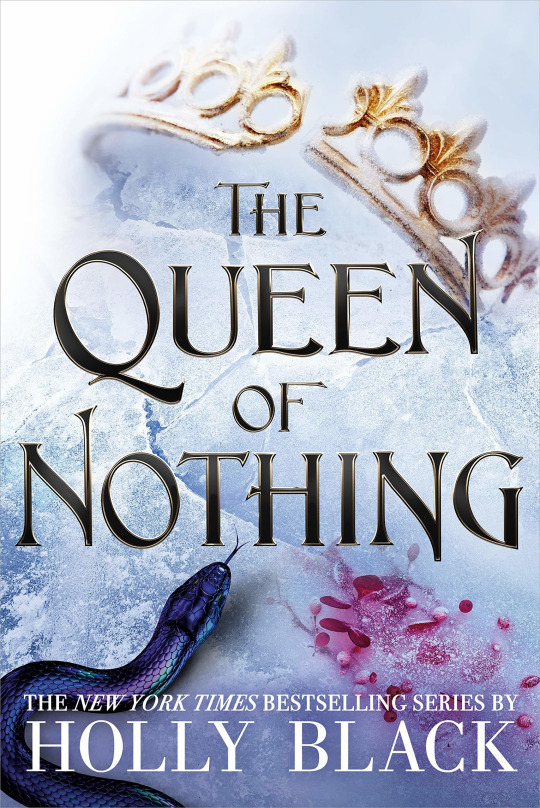

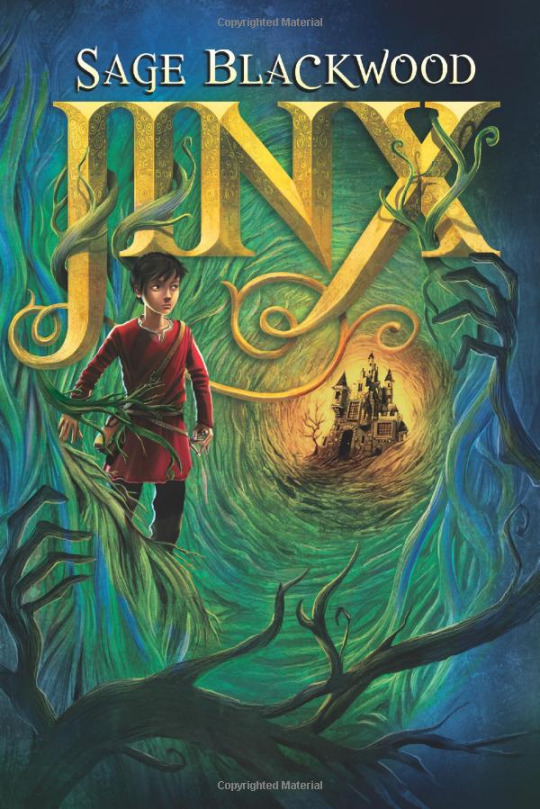


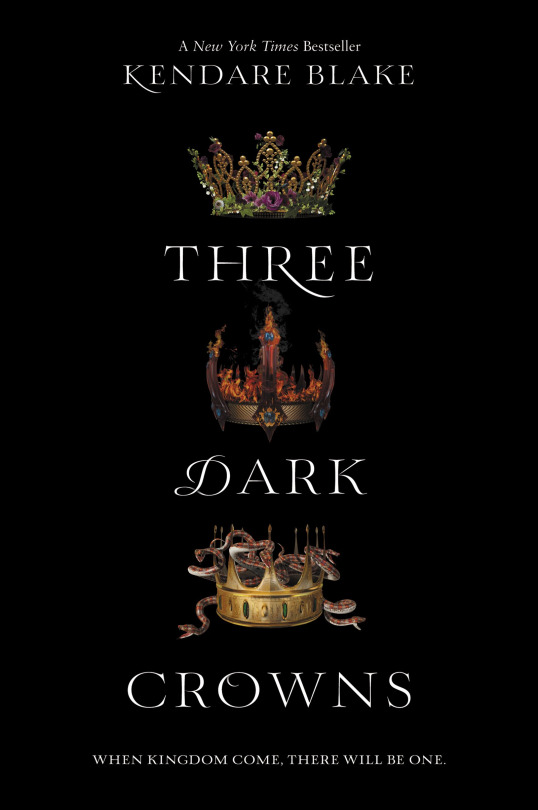


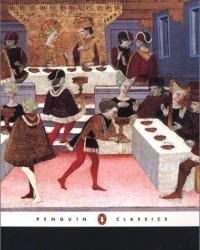






#authors#books#booklr#Carol Berg#Beth Bernobich#Tanvi Berwah#Jane Bingham#kate jarvik birch#Holly Black#Sage Blackwood#Elly Blake#Kendare Blake#giovanni boccaccio#Anne-Laure Bondoux#H.M. Bouwman#ben bova#long post#picture heavy#erin bow#oliver bowden#Natasha Bowen
0 notes
Text
“Once upon a stupid time, I liked fairy tales.” - Fox & Phoenix, Beth Bernobich
0 notes
Text
'The Time Roads' Book Review By Ron Fortier
New Post has been published on https://esonetwork.com/the-time-roads-book-review-by-ron-fortier/
'The Time Roads' Book Review By Ron Fortier

THE TIME ROADS
By Beth Bernobich
Tor Books
302 pgs.
Two of science fictions’ most often used plots revolve around time travel and alternate worlds. Whereas this book merges the two conceits in a twisty, compelling story that is nothing short of brilliant.
The tale opens in the early 1900 hundreds in a world where the Irish Empire rules, Anglia is subservient, there is no America but rather the Mexica republics and the rumors of war are a constant threat around the globe. Aine Lasairfona Devereaux, the Queen of Eire, desires peace but is incapable of devising a practical strategy to insure it. Then Breandan O Cuilinn, a genius scientist, comes to her saying he has discovered the existence “time fractures.” These anomalies could lead to time travel if examined carefully. Such journeys to the future could be the means of avoiding the coming international conflicts.
Then, before he can successfully prove his theory, O Cuilinn disappears in an experiment gone awry. Queen Aine suspects he has trapped himself in the future and once again she finds herself beset by plots and conspiracies. At this juncture in the narrative, Bernobich shifts our attentions to Simon and Gwen Madoc, two sibling mathematicians who may have come across the “time fractures,” much to their detriment. Their discovery proves to have disastrous effects on their immediate surroundings. Gwen is institutionalized with a mental breakdown and a mysterious serial killer begins murdering Simon’s fellow students.
Alarmed by these murders at one of the country’s most prestigious universities, Queen Anne sends her personal bodyguard, Commander Aidrean O Deaghaidh, to investigate.
All too soon he too is caught up in the flux of changing timelines, which leads to his questioning his own sanity.
And that’s only the first half of the book. “The Time Roads” is a complex, enthralling tale filled with amazing characters all struggling to find their places in an ever changing cosmos. Despite the uncertainty of each new future that challenges them, they learn to rely on the inner strength that is their true, immutable constant. That human love and loyalty, despite their many failings, will in the end triumph. A tip of the pulp fedora to Beth Bernobich for a truly unforgettable adventure.
0 notes
Photo

16 Amazing Books for Queer Girls and Lesbians Who Need More Dragons In Their Lives! (Graphic by @authorniamh)
[image description: a collage of the books listed below, with the text “16 Amazing Books for Queer Girls and Lesbians Who Need More Dragons In Their Lives!“ at the centre.]
1. Dragon Whisper by Niamh Murphy
2. Shatter the Sky by Rebecca Kim Wells (July 2019)
3. Beast by Rachel Frank
4. Slaying Dragons by Sasha L. Miller
5. The Ghost Dragon’s Daughter by Beth Bernobich
6. The Sun Dragon by Annabelle Jay
7. Inkmistress by Audrey Coulthurst
8. Modern Serpents Talk Things Through by Jamie Brindle
9. The Lady’s Guide to Petticoats and Piracy (A Sequel to The Gentleman’s Guide to Vice and Virtue) by Mackenzi Lee
10. The Story of Owen: Dragon Slayer of Trondheim by E. K. Johnston
11. Dragon Horse War: The Calling by D. Jackson Leigh
12. The Queen of Ieflaria by Effie Calvin
13. Rising From the Ashes by Caren Werlinger
14. The Second Mango by Shira Glassman
15. Black Blade Blues by J. A. Pitts
16. Of Dragon Warrens and Other Traps (The sequel to Of Gryphons and Other Monsters) by Shannon McGee
#sapphic books#lesbian books#wlw books#queer books#sff#fantasy#high fantasy#dragons#mythical creatures#images#lists
2K notes
·
View notes
Text
For Your Consideration
@alice-quinn-at-oxford, some titles for your potential reading
Older
Herodotus, The Histories
Travels of Marco Polo
Journals of Captain Cook
Twain, Innocents Abroad
Stevenson, Treasure Island
(Anything Ponce de Leon?)
Twentieth-ish
Isabella Bird
Jan Morris
Freya Stark, Valley of Assassins
Thomas Mann, Death in Venice
Lawrence Durrell, Alexandria Quartet
Norman Lewis, Naples ‘44
Bruce Chatwin, In Paragonia
Tony & Maureen Wheeler, Across Asia on the Cheap
Robert Byron, Road to Oxiana
Gerald Durrell, The Whispering Land
Bantock, any of the Griffin and Sabine books
Jelly-Shapiro, Island People
Marguerite Duras, The Lover
Ana Castillo, The Mixquiahuala Letters
Cortasar, Hopscotch
Jean Rhys, Wide Sargasso Sea
Jeanette Winterson, Written on the Body
Lawrence Osborne, Ballad of a Smaller Player and Bangkok Days
Italo Calvino, If on a Winter’s Night a Traveler and The Castle of Crossed Destinies
Eco, Foucault’s Pendulum and The Name of the Rose
Suketu Mehta, Maximum City
Peter Mtthiessen, Snow Leopard (as opposite in climate)
‘Pop’ Travel and/or Film
Gilbert, Eat, Pray, Love
Strayed, Wild
Mayle, A Year in Provence
Garland, The Beach
Tailor of Panama
Constant Gardener
Locally Topical?
Havana Noir
Robert Arellano, Havana Libre and Havana Lunar
Ian Fleming, Dr. No (whose villain was based on Fu Machu)
Grann Lost City of Z
More Thriller
Roger Hobbs, Ghostman and Vanishing Games
Taylor Stevens, The Informationist, The Innocent (and more)
Helen Giltrow, The Distance
Olen Steinhauer, All the Old Knives
LeCarre, Night Manager
Genre: SF/F Variations
Lara Elena Donnelly, Amberlough and more)
Malka Older, Infomacracy (and more)
James Hynes, Publish and Perish and The Lecturer’s Tale
Beth Bernobich, Time Roads
W.L. Goodwater, Breach
Graphic Novels/ Comics
Greg Rucka, White Out and Queen and Country and Stumptown
Christopher Sebela, High Crimes
Anthony Johnston, The Coldest City (Atomic Blonde)
Disclaimers: I’ve read some of it, but not all by any means. No idea how well these fit your own interests or parameters. Some educated guesses based on what I know. I cannot offer TW information on any of these offhand.
7 notes
·
View notes
Text
Reading challenge 2018 - complete
So here you’ll find some stats, some recs and some books that I want to read this new year 2019. (I’m always up for talking about books so do hit me up if you wanna)
I’m pretty pleased to have read 137 books this year (challenge accomplished!).
Here are the areas I wanted to focus on this year:
LGBTQIA: 87 (goal around 50)
Books of colour: 55 (goal around 40)
Science-fiction and fantasy: 57 (goal of 50)
Non-fiction: 8 (out of 10)
Books about books: 3 (out of 5)
I’m happy with this and I think I’m going to try to keep the same numbers for next year (it feels a bit masochistic to try for more than 100 books in total so I’m not gonna do that). I will try to read at least 10 non-fiction books and 5 books about books because I genuinely enjoy them so it’s just a question of actually picking them up (and read them).
I also kept track of all the books that I read that had 0 characters of colour: 19. Most of them were Georgette Heyer and I do want to read more books by her, but I don’t like that this number is higher than some of my other stats.
Some quick recs:
If you want to read Lovecraft but don’t want to deal with the racism and the sexism, try Winter Tide by Ruthanna Emrys.
If you like horror, and you like it with science and killer mermaids, Into the Drowning Deep by Mira Grant is for you.
If you like horror and heavy metal, or a woman that doesn’t give up, We Sold our Souls by Grady Hendrix.
One of the most amazing books I have read this year: When I Hit you by Meena Kandasamy
A good adaptation of Sherlock Holmes: The Tea Master and the Detective by Aliette de Bodard
Epic bisexual fantasy (with strong poly subtext): The Lions of Al-Rassan by Guy Gavriel Kay (set in fantasy Spain!)
Also I wanted to note down the books I want to read this year for sure:
The ones I have already bought: want to limit to one pile of print books instead of 3 and have less than 30 books unread in my ebook (now they are like 70, too many).
The Seven Husbands of Evelyn Hugo by Taylor Jenkins Reid: gay? Maybe even saphic women??
How to Supress Women’s Writing by Joanna Russ: in the non-fiction category and the books about books – also had it on my to read list since 2016
Miss Pettigrew Lives for a Day by Winifred Watson: a classic that I’ve wanted to read for a while (again maybe two years)
Are you in the House Alone? A TV Movie Compendium 1964-1999 edited by Amanda Reyes: I loved Paperbacks from Hell and this seems in the same vein.
The Barrow will Send what it may by Margaret Killjoy: I loved The Lamb will Slaughter the Lion so I’m looking forward to read the second one.
A Study in Honor by Beth Bernobich: an adaptation of Sherlock Holms where they are black women? Yes, please.
Killing it: an Education by Camas Davis: I really enjoyed the Natural History of Cannibalism and this feels like a good follow up.
Miranda in Milan by Katharine Duckett: a continuation of Shakespeare’s The Tempest and she is saphic so what more do I want, really.
5 notes
·
View notes
Text
A Dystopia for Our Dystopia: Janet Watson Returns in The Hound of Justice
https://ift.tt/2ynxyQf
We take a look at The Hound of Justice, the second book in Claire O'Dell's reimagined Sherlock Holmes series.
facebook
twitter
tumblr
This article contains major spoilers for A Study in Honor, the first book in the Janet Watson Chronicles series.
Holmes and Watson are back once again—not your great grandparents’ London, but in a near-future, dystopian D.C., where the New Confederacy is at war with the United States in a second, bloody Civil War. Sara Holmes is an enigmatic federal agent, on enforced leave from her job due to her actions in O’Dell’s first novel, A Study in Honor. Dr. Janet Watson is struggling to regain her skills as a surgeon following a war-time event that cost her an arm. And their old enemy, Nadine Adler, isn’t as dead as everyone thinks.
While the name references are clear to spot, The Hound of Justice pays little other homage to the Holmesian cannon, and there’s no Sir Baskerville to save from a cursed hound. Instead, O’Dell delves deeper into the world she created in the first novel, focusing on Watson’s struggle with her lost arm and her adjustment to her prosthetic before moving straight into spy-in-training territory as Watson has to come to Holmes’s aid behind enemy lines.
Watson’s ongoing development, and her struggles with guilt, worthiness, anger, and injustice, are beautifully drawn. While the hook from the first novel of the gender-swapped, race-swapped, queer Holmes and Watson will continue to grab readers, it’s Watson’s voice and commentary—and O’Dell’s vision of a truly horrible outcome for the current divide in U.S. politics—that will keep the pages turning late into the night.
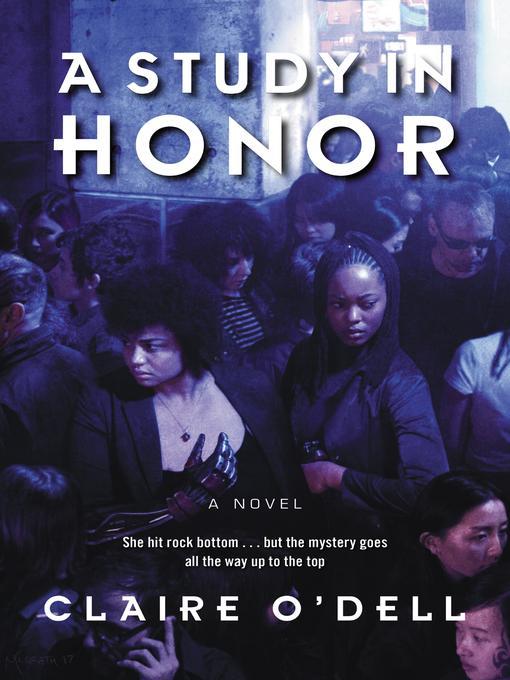
Watson and Lazarus
A pivotal event in the world—and in the life of Janet Watson—is the bloody battle at Alton, Illinois, which Janet survived, and which was fueled by power-drugged soldiers created by the pharmaceuticals company owned by Nadine Adler. In a final battle in A Study in Honor, Adler shot Janet, and Adler escaped, only to die in the police confrontation that would have brought her to justice. Or so the government claims; Sara Holmes is not convinced.
A bombing during the parade celebrating the presidential inauguration sends Janet straight back to Alton, and once she pushes through the PTSD, she runs toward the center of the conflict, trying to help however she can. When she follows the injured to the emergency room of the hospital where she is still on probation, until she and her prosthetic device act as one, she’s turned away from doing anything further to help. The Bloody Inauguration, as it comes to be known, earns Sara back her position at the federal agency where she works. Holmes lunges into the investigation with the gusto of a starved woman at a feast.
And though she gives Watson a peek into the investigation, she soon vanishes, and Janet is served notice that she will be required to find a new residence, as their apartment, sponsored by Sara’s employers, is being reclaimed. Robbed of her best friend (and the possible romantic relationship that Sara sent off its rails before she left), Janet struggles to fit the pieces of her life together, much the way she struggles with training her device.
O’Dell spends a lot of time in the novel discussing Janet’s relationship with the prosthetic arm, which Janet names Lazarus. It’s a defining characteristic for Janet: her ghost arm, which she still feels (and occasionally leans on, only to find it’s not there), and the device that doesn’t quite match up to her expectations. It’s a state-of-the-art piece of technology, a replacement given to her, along with her probationary position at Georgetown University Hospital, as a reward for her efforts in A Study in Honor—and an incentive to keep her silent on those events.
Between her therapist and her physical therapist, Janet spends a lot of time trying to connect her ghost arm with her device—and dealing with her guilt and anger. She struggles with wanting to deserve the things she’s been given to keep her quiet. She feels guilty over not doing more for her family. And she’s so very angry: at the world, at its unfairness, at the continued injustice she faces even in the United States, which claims to support equality, and at the bigot terrorists of the New Confederacy, who kill in the name of white supremacy.
While the setting is years removed from current events, they’re never far from the page. Janet references the bad old Trump years, the events that made the divide between the United States and the New Confederacy possible. The United States struggles with finding a way to end the war, but as they and the New Confederacy reach toward compromise, extremists—and those looking to profit from ongoing war—continue to fan the flames. If it all rings a little close to home, that’s probably quite intentional.
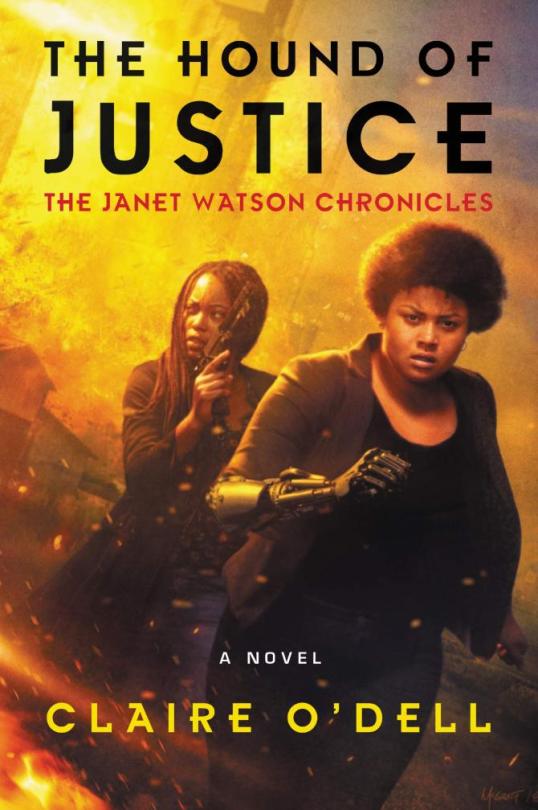
Hope in a Time of Hopelessness
When Sara disappears, Janet is faced with the prospect of moving forward without her friend. And while that means not being involved in any more undercover work, or having her dates interrupted by her erratic roommate, Janet doesn’t spare a thought for those conveniences. Instead, she mourns a friend she cares for very deeply, and when Sara needs her help, even though it means putting everything at risk, Janet agrees. Under the cover of helping her family in Georgia—the same family she’s been feeling guilty for not helping—she takes leave from her job and travels south, connecting with Sara’s even more enigmatic cousin Micah, a master of disguise (probably named for Mycroft Holmes, Sherlock’s brother).
Janet is a doctor, not a spy, but she manages with the quick changes and doubling back techniques that Micah and her network—not associated with Sara’s employers—require of her until they get across the border. There, they meet the Resistance and are reunited with Sara Holmes for a mission that returns not only to the events of the first novel, but also pulls pieces from early scenes of this novel to show that the conspiracies of war are close to Janet’s work life. To save the day, Sara needs a surgeon, and Janet has to rise to the occasion—despite all her fears of inadequacy, she must once again be a surgeon, and she and Lazarus must work as one.
O’Dell does a fascinating job pulling together all the pieces from the beginning of the novel, weaving them into a tight and intense climax. The early pages initially seem meandering in the best possible way: looking into Janet’s character so deeply is always fascinating, even when it seems unrelated to the plot. That O’Dell can seed those things in so that they only become obvious on reveal is a mark of her talent. Her exploration of Janet’s missing arm and her relationship with her device is fascinating. O’Dell also envisions what it is like to be a black woman—to be invisible, underestimated, and undervalued—in a way that feels authentic (to this white, straight, able-bodied reviewer). O’Dell is a pen name for Beth Bernobich, who is not African American; this is an #OwnVoices book for PTSD and bisexuality, but not for race and disability.
While the hook strays farther from the original Holmes and Watson premise, The Hound of Justice is a fantastic citizen-spy novel, rife with espionage tension, featuring deeply compelling commentary on current events. But it’s also a fascinating character study, and I think that even without the high stakes, I would read about Janet Watson’s adventures in medicine and in love. Thankfully, I get to have both.
Alana Joli Abbott writes about books for Den of Geek. Read more of her work here.
Read and download the Den of Geek SDCC 2019 Special Edition Magazine right here!
facebook
twitter
tumblr
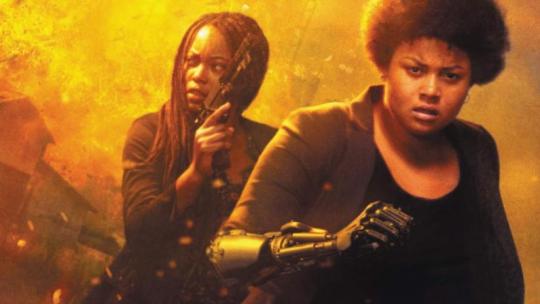
Feature Alana Joli Abbott
Jul 30, 2019
from Books https://ift.tt/32TbtHg
0 notes
Text
Other Worlds, Other Ways
I’m going to date myself here and ask if anyone remembers the Star Trek (TOS, naturally) episode “A Piece of the Action” where our intrepid crew beams down to a planet whose culture exactly duplicates the 1920s Chicago gangster era? The show had the grace to provide a rational (if far-fetched) explanation for how a different world would come to imitate a complex and precise bit of Earth’s history in that way. But how often do we read a book set in a different world from our own–whether a space-faring future, an imagined secondary world, or simply a vastly different place or time on our own planet–and find the romantic and sexual relationships are suspiciously similar to the author’s own experience? via aminoapps.com When it comes to women who love women, those of us living in the early 21st century can easily see how much influence time and place has on the shapes of our lives: just ask someone of a different generation than your own and it can seem like you’re talking to someone from a different planet. How much more should we expect to see imaginative differences in the relationships portrayed in science fiction and fantasy novels? It can be hard to see those suspicious similarities when we’re standing too close. It took me a decade or two to recognize that the Free Amazon culture in Marion Zimmer Bradley’s Darkover novels owed more to ‘70s Berkeley feminist encounter groups than to future space colonies. And there’s often a startling proportion of pulp-era style butch/femme couples in stories set centuries away or worlds apart from the specific cultural forces that gave birth to those roles. But if the Enterprise crew that landed on the gangster planet had all grown up in ‘20s Chicago, they might never have asked the question, “What the heck is going on here?” and solved that riddle. What are some of my recent science fiction or fantasy reads that root their f/f relationships in the cultural specifics of their settings? Nisi Shawl’s steampunk historical Everfair has several female couples, including the major protagonists Lisette and Daisy whose relationship begins in the “free love” culture of Fabian socialism. Yes, the supposedly strait-laced Victorian era begot social movements that embraced polyamory and same-sex love. When the characters of Everfair encounter problems in their relationship, they stem more from racial tensions than self-doubts about sexual orientation. via marbeax.tumblr The space-faring, functionally immortal Radch culture in Ann Leckie’s three-volume series beginning with Ancillary Justice presents an interesting challenge to the reader looking for relationships between women. We get a glimpse of what a truly alien (though still “human”) cultural structure could look like. The Radch do have the same biological sexes that we do, and some of the romantic and sexual relationships depicted in the stories are between persons we (readers) would consider female. But Radch culture places almost no significance on those biological differences, and uses the same words and pronouns for all people. As those words and pronouns have been rendered in feminine forms in the books, we read all interactions simultaneously as if they were always between women, while never being entirely certain that any of them are. Secondary fantasy worlds–ones that exist entirely apart from our reality–have no reason to recapitulate the historic forces that shaped our attitudes toward gender and sexuality. (In the grand scheme of things, Western Christian culture has some very peculiar attitudes in that field.) There’s a very different reimagining of sexuality in Beth Bernobich’s River of Souls series, set in a roughly medieval-equivalent culture, but where the pressures on sexuality are driven, not by arbitrary taboos, but by heirs and alliances. The titular river of souls brings its own pressure: the carry-over of souls from one lifetime to the next, inhabiting new bodies–now male, now female–and inheriting the loves and desires of previous lifetimes. And if those bonded souls are now both embodied as women in this lifetime, no other reason is needed for their love. via roleplaygateway.com Imagination will bring us to other worlds: of the past, the future, or beyond reality’s door. It would be strange indeed of all those doors opened into a Chicago speakeasy. Give me SFF stories full of women whose encounters are shaped by the worlds they inhabit, not the one I do. *Feature image by Steve Maleny http://dlvr.it/NPbysm
3 notes
·
View notes
Text
Passion Play by Beth Bernobich
Passion Play by Beth Bernobich
Source: Goodreads Firstreads Publisher: Tor Series: River of Soul #1 Edition: Paperback, 367 Pages Genre: Fantasy Purchase: Amazon / Barnes & Noble Rating: 5/5 Ilse Zhalina is the daughter of one of Melnek’s more prominent merchants. She has lived most of her life surrounded by the trappings of wealth and privilege. Many would consider hers a happy lot. But there are dark secrets, especially in…
View On WordPress
1 note
·
View note
Text
The Time Roads by Beth Bernobich (book review)
The Time Roads by Beth Bernobich (book review)
The Irish Empire takes the place of the traditional British Empire in ‘The Time Roads’, an alternative history/steampunk tale from Beth Bernobich, set at the turn of the 20th century when European geography and politics are almost familiar yet convincingly different. The book is made up of four linked novellas, three of which have been previously published in separate venues and which build…
View On WordPress
0 notes
Photo
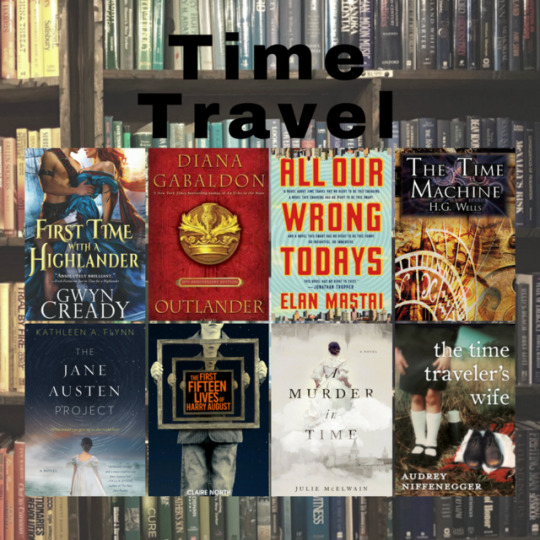
Time Travel
Read More 2017
Fiction
If I Could Turn Back Time by Elizabeth M. Harbison
The First Fifteen Lives of Harry August by Claire North
Orfeo by Richard Powers
The Time Traveler's Wife by Audrey Niffenegger
The Jane Austen Project by Kathleen Flynn
Mystery
A Murder in Time by Julie McElwain
Romance
Just in Time for a Highlander by Gwyn Cready
Steamed by Katie MacAlister
Outlander by Diana Gabaldon
Fantasy Lover by Sherrilyn Kenyon
Sci-Fi/Fantasy
The Lost Time Accidents by John Wray
Version Control by Dexter Palmer
The Time Roads by Beth Bernobich
The Long Earth by Terry Pratchett
The Time Machine by H. G. Wells
All Our Wrong Todays by Elan Mastai
0 notes
Photo
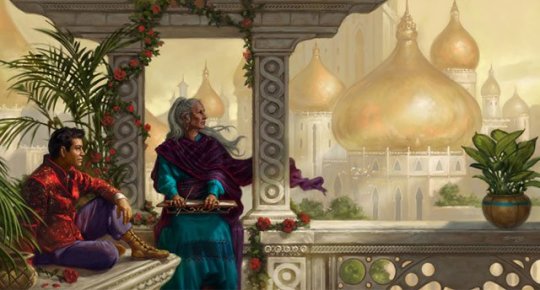
Want a fantasy story to read tonight? Try "River of Souls," by Beth Bernobich.
Driven by his dreams, Asa will stop at nothing to find Tanja Duhr again: he will leave home, disappoint his parents, cross the wastelands, and, somewhere, find the courage to tell her who he is, and how she loved him, once.
17 notes
·
View notes
Photo
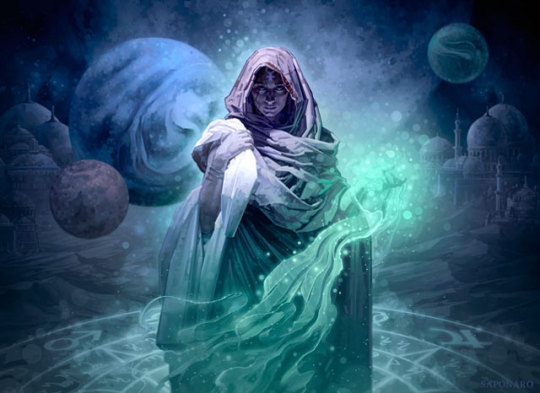
Lèna had set off at once for Duenne. Her goal was to steal the Emperor’s most powerful weapon, the three magical jewels, which legend said the goddess Lir had bestowed upon the ancient kings of Erythandra. Those same kings and their mage priests had used these jewels to conquer all their enemies and create an Empire. The Emperor would still have his armies, of course, but such a theft would send the Court into turmoil. It might even overturn his reign. I shall be a thief of war, my sister had said.
My sister failed. She died. Now I must try to do what she could not.
I just killed an hour at work reading Beth Bernobich's amazing story Thief of War over at tor.com -- AND SO SHOULD YOU.
Image: Dominick Saponaro via Tor.com
8 notes
·
View notes
Link
On space flight, Victorian society, and the limits of women (none)
3 notes
·
View notes